Polestar 2 electric vehicle crossing the Nullabor, running on chip oil power
Australia's newest electric car brand, Polestar, has already begun the malignant green washing. Here's the latest PR stunt which tries to ignore inconvenient CO2 facts.
The latest automotive brand hoping and praying to successfully sell cars here in Australia is Polestar, the EV-only spin-off of Volvo.
Remember a few years back when ‘Polestar’ was merely the Volvo performance wing to juxtapose its typically sedate, but largely irrelevant passenger vehicles? Well, in order to latch onto the EV craze, they’ve now made Polestar their virtue-signalling, greenwash brand.
(I should’ve done my thesis in applied rotational kinematics and the biomechanics of Pole Stars.) Anyway.
The other Polestar, is, essentially, the pinnacle of Chinese Electro-Swedish irrelevance all rolled into one. Talk about an identity crisis.
They’re about to start attempting to sell cars in Australia from February, 2022. Very keen to blip on the public radar.
Driving an EV across the world’s longest straight road would’ve sufficed.
And this bullshit Polestar press release is certainly one way to do that. Probably not the best way, but it’s one way.
The backstory on Polestar starts with Ford, which had a fire sale just after the GFC in 2010, to avoid bankruptcy. The Blue Oval sold all its shitbox brands. Land Rover and Jaguar went to the Indians, Aston Martin found itself in the hands of a Middle Eastern investment consortium, and Volvo got flick-passed to Geely, in China.
Volvo sort of shuffled along aimlessly for the next five years and then it snapped up its former girlfriend, Polestar, in 2015. Polestar even got to keep a head office in Gothenburg, to maintain some sort of tangential Euro connection, but they actually build the cars and do all the grubby work in Geely’s factory in China.
They’re going to start selling the three-year-old Polestar 2 EV here in Australia next month. Although, I suspect they might have missed the point that ordinary consumers want a cheap EV to use every day, not another luxury item for the elite only.
Polestar is a quasi-irrelevant wannabe-Mercedes Swedo-Chinese EV manufacturer. Battery powered Volvo, essentially. From China, with love. Because I think, deep down, everyone wants that. I know I do.
Of course, Polestar Australia is busily teasing the life out of itself at every opportunity, ahead of the imminent launch here, and they just drove a Polestar 2 across the Nullabor because, you know, relevance.
Hang on, they drove a luxury car to a roadhouse, presumably in air-conditioned comfort, and they plugged it in. And in doing so they’re alleging this is in some way equivalent to the pioneering feats of John McDouall Stuart, or somesuch. Well done, setting the tone of this one nice and early.
Pro Tip: When you say things like ‘World first’, double check, because that’s a bit tenuous. This recharger uses old vegetable oil to generate electricity using an internal combustion engine attached to a generator. For instance, the PriceWaterhouseCoopers head office in London has been using cooking oil for electricity for 11 years now, in just this way. They collect it from nearby restaurants.
And of course electric cars at the recent COP26 climate meeting in Glasgow were recharged using vegetable oil-powered generators. So there’s that. That’s according to Politifact.
If you’re not from around here, the Nullabor is, essentially, the surface of the moon imprinted onto the cultural void of Australia. It joins South Australia, to Perth in the West. If the borders are open, of course.
And - as luck would have it - on the Nullabor, smack-bang in the middle is a place called the Caiguna Roadhouse, where a retired engineer named Jon Edwards has set up an EV charger named Biofil that runs on chip fat.
The Bi0fil charger has a public funding page: The Big Lap Has Gaps
So, this is a diesel engine bolted to a concrete slab, burning filtered chip fat, connected to a generator that makes 50 kilowatts of DC electricity at roughly 400 volts or something, for fast charging EVs, which turn up there sucking on a dry tank of electrons, approximately once every blue moon.
Applause to Mr Edwards for using an otherwise waste product to achieve something productive, in the middle of the Australian bugger-all. It’s a small achievement, but at least he’s done something productive to Make Australia Less Shit.
However, you know how managing directors of car companies often cannot shut up, especially when perhaps they really should?
Yeah, just like Vegemite.
Samantha Johnson there, managing director of Polestar Australia. But there’s a rather glaring problem with her statement here. Can you see it?
My AutoExpert AFFORDABLE ROADSIDE ASSISTANCE PACKAGE
If you’re sick of paying through the neck for roadside assistance I’ve teamed up with 24/7 to offer AutoExpert readers nationwide roadside assistance from just $69 annually, plus there’s NO JOINING FEE
Full details here >>
AutoExpert DISCOUNT OLIGHT TORCHES
These flashlights are awesome. I carry the Olight Warrior Mini 2 every day - it’s tiny, robust, and super useful in the field or in the workshop. Olight is a terrific supporter of AutoExpert.
Use the code AEJC to get a 12% discount >>
Why “Zero Emissions” and “CO2 neutral” is bullshit
The burning question here is: How the hell is that CO2 neutral? Maybe it was just a slip of the tongue and they got carried away.
But when they start going into the somewhat more technical detail, that’s when more spin from Polestar Australia is doing more of a disservice, than confirming the point.
Unfortunately, it serviced to confirm my worst fears:
Spoiler alert: I think that’s pretty much bullshit, just like ScoMo’s “net-zero emissions” policy scam. And I’ll tell you why.
Dear everybody who never paid attention to science at school: Vegetable oil is a manufactured industrial product. Any suggestion that burning it is a ‘net-zero exercise’ or a ‘CO2-neutral solution’ is, in my view, completely indefensible and out of step with science/reality. Mainly because photosynthesis and burning the stuff are far from the only processes in play.
Vegetable oil is actually a manufactured product, starting with industrial agriculture. You need to deliver tons of seed to a farm, using CO2-belching diesel trucks. Fields need to be prepared, ploughed, scarified etc., and seed needs to be sown - all of this using huge, CO2-belching diesel tractors.
Petrochemical fertilisers are typically deployed - there’s nothing carbon-neutral about them, given the manufacturing and underlying transport logistics equals CO2.
Perhaps there’s also irrigation. You generally need to pump water using, you know, energy: CO2 Then you need to harvest the crop, with your big CO2-belching diesel tractor, or similar Tonka-tough machine.
You need to separate the seed with a machine, put it on trucks, take it some distance to a processing plant (CO2), where coal-fired electricity (CO2) and perhaps methane gas (CO2, after you burn it) for heating is used to extract the oil. That’s how this works.
And then you need to put the oil in containers, and they’re typically barrels made out of either petrochemical plastic or tin-coated steel. And of course petrochemical plastic is hardly CO2-free, because it starts as crude oil, and needs a vast amount of energy-dense processing and transport before you get an actual plastic container.
Nor is steel a CO2-free proposition, because it starts as ore that needs to be mined with huge diesel machines, and transported on massive trains powered by diesel locomotives, and transported overseas on oil-burning ships and turned to steel in massive blast furnaces at 1700 degrees C, powered by coal and of course you need even more coal to provide the carbon to turn the iron into steel.
Then you’ve got to roll the steel into thin sheets using even more heat and mechanical work from hydrocarbon energy (CO2). You need to dip the sheetmetal in molten tin using heat (CO2), put it back on a ship (CO2), then manufacture the barrels (CO2), and take them to the veggie oil factory (CO2).
And then you’ve got to transport finished barrels of veggie oil to the roadhouse on the Nullarbor plain. Finally, once that precious oil has clogged sufficient travellers’ arteries, you get to burn it in your laudable but hardly CO2-neutral chip-fat diesel generator.
I think this is probably an unwitting gross misrepresentation of the underlying CO2 non-neutrality of this process, end-to-end. Personal opinion. For the reasons just stated.
And that hasn’t even included the dark, hidden costs of EV manufacturing >>
To SammyJ from Polestar Australia, I would say it’s very difficult seeing how this could even approach net CO2 neutrality, with respect. No criticism of you is intended - I just think you fail to comprehend the process.
You cannot just magic away all the energy in the processes which separate the sunflowers from the oil. You just can’t. They’re part of the chip fat CO2 deal. It’s not just photosynthesis to chip fat. You’ve gotta do lifecycle analysis. The manufacturing CO2 is already up there, in the clouds, right now. Conducting a nightmare on the climate.
All of the CO2 from all of the industrial processes, which are intrinsic to the manufacture of agricultural products such as this and everything else, that’s a massive component, which inconveniently exists, and cannot responsibly be swept under the rug, and therefore undermines this fantasy ‘green’ ‘CO2 neutral’ narrative. Oops a daisy.
There’s really no getting around this. Plus, this chip fat charging thing - it simply does not scale.
Check out these quacks from overseas.
They picked up this story, and the editorial stupidity there is breathtaking. This is not our Nine (not Costello’s corporate propaganda). this is Nine in the United States.
Thankfully, the American media is still dumber than ours, otherwise there would be nowhere to point the finger. Here in Australia, we drink 30 billion litres of liquid hydrocarbon fuels every year for road transport. About 20 billion in petrol and about 10 billion in diesel.
Just to put that in perspective, that’s two boxes, each about as big as a football field at the base. The petrol one stretches two kilometres up into the sky, but the diesel one is ‘only’ one kilometre high. The Burj Khalifa in Dubai, which Tom Cruise hung out of in Mission: Impossible, is 830 metres high.
We simply cannot put a meaningful dent in our thirst for fuel with EVs and chip fat generators. Chip fat is, literally, a drop in this particular ocean.
According to the Australian Oilseed Industry, Australia uses over 600,000 tonnes of oils and fats - mostly in edible applications. Total consumption of veggie oils is about 500 million litres, which is less than two per cent of the volume of liquid fuels consumed. Chip fat EV chargers are therefore absolutely not a salient part of any rational climate action plan. They’re a sideshow, at best.
Props to Mr Edwards for implementing a bespoke, novel, remote-area EV charging solution, using an inexpensive waste product where photovoltaics would be uneconomical - well done. Respect.
But as for Polestar spinning this up as some kind of net-zero CO2 undertaking, that seems to be completely at odds with how the real world actually functions.
Kinda like the concept of saving the planet by buying an EV. You can’t conveniently forget the carbon cost of manufacturing anything, just because it makes the story greener.
Driving a Polestar 2 electric vehicle across the Nullabor was good enough without alleging this was in some way equivalent to a real pioneering feat, or CO2-neutral. Sometimes less is more. Certainly is, if credibility matters.
I’d expect a company whose only trick is making luxury EVs in China and calling them Swedish - I’d expect them to know things like this, about carbon and lifecycle. Because carbon neutrality would seem to me to be foundational to the Polestar business model.
Suggesting the CO2 emitted from burning the chip fat is the only emission, neatly balanced by the CO2 absorbed from photosynthesis, and, therefore: aren’t we ultra green?! That’s a comprehensive failure of basic scientific literacy in my view, or it’s just agenda-serving bullshit.
In any case, this is exactly the kind of bullshit which, in my estimation, stands in the way of actual effective climate action. Effective climate action is very un-sexy. There’s no ‘chip fat’ angle.
The car industry wants you to believe the excruciatingly wonderful narrative that you can help save the planet by consuming even more cars. Especially Chinese ElectroSwedish ones in this case.
Unfortunately, reality just doesn’t work like that. Effective climate action starts with moving out of Bullshit World, and re-engaging with reality.
To do this, start by checking out Making sense of Australia in 2022, with special guest Michael West in the Fat Cave (Part 1) >>








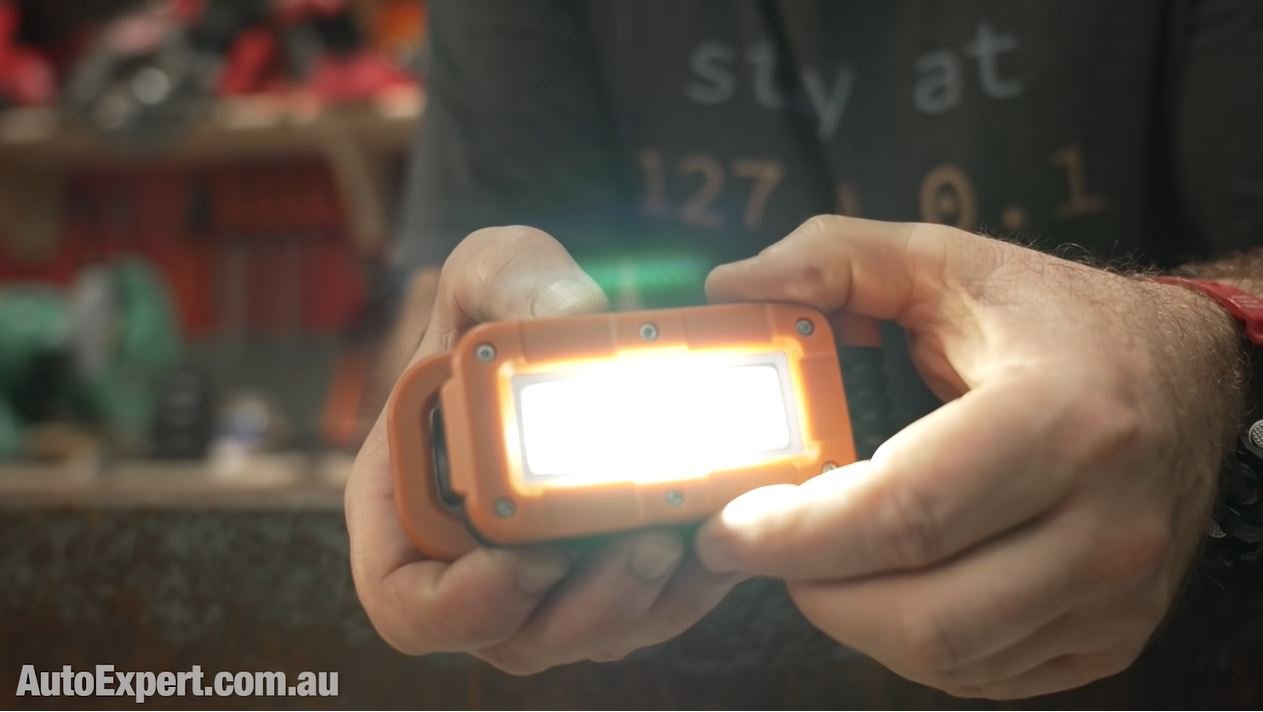
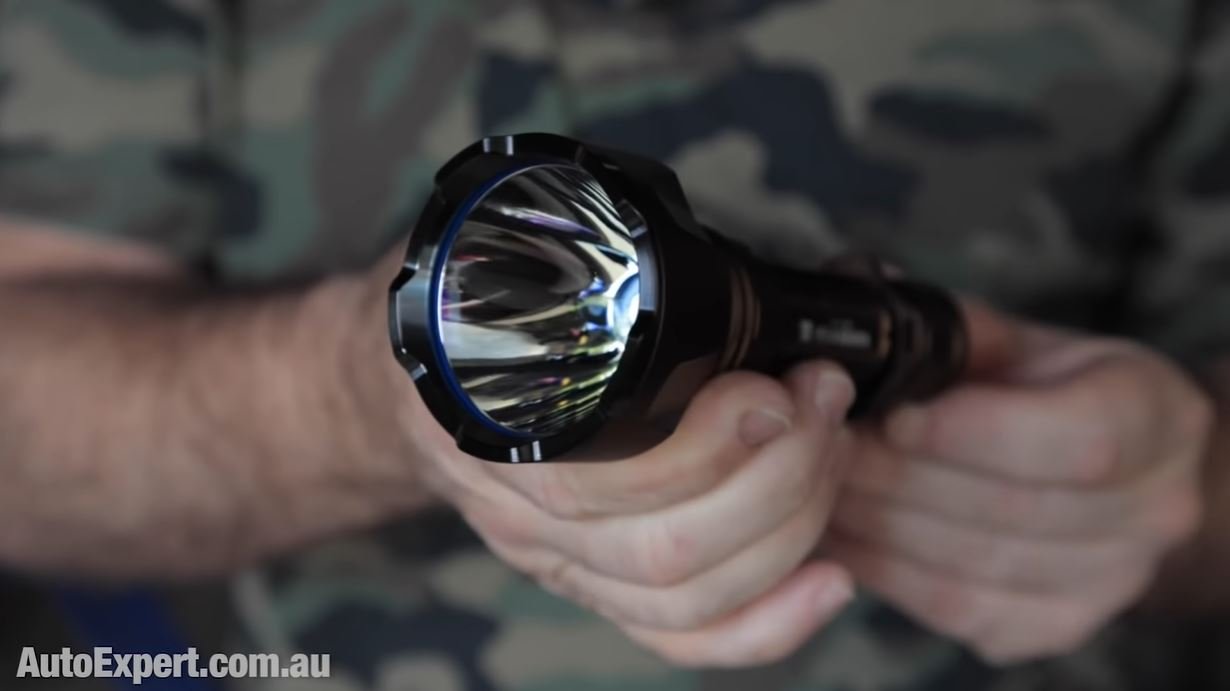
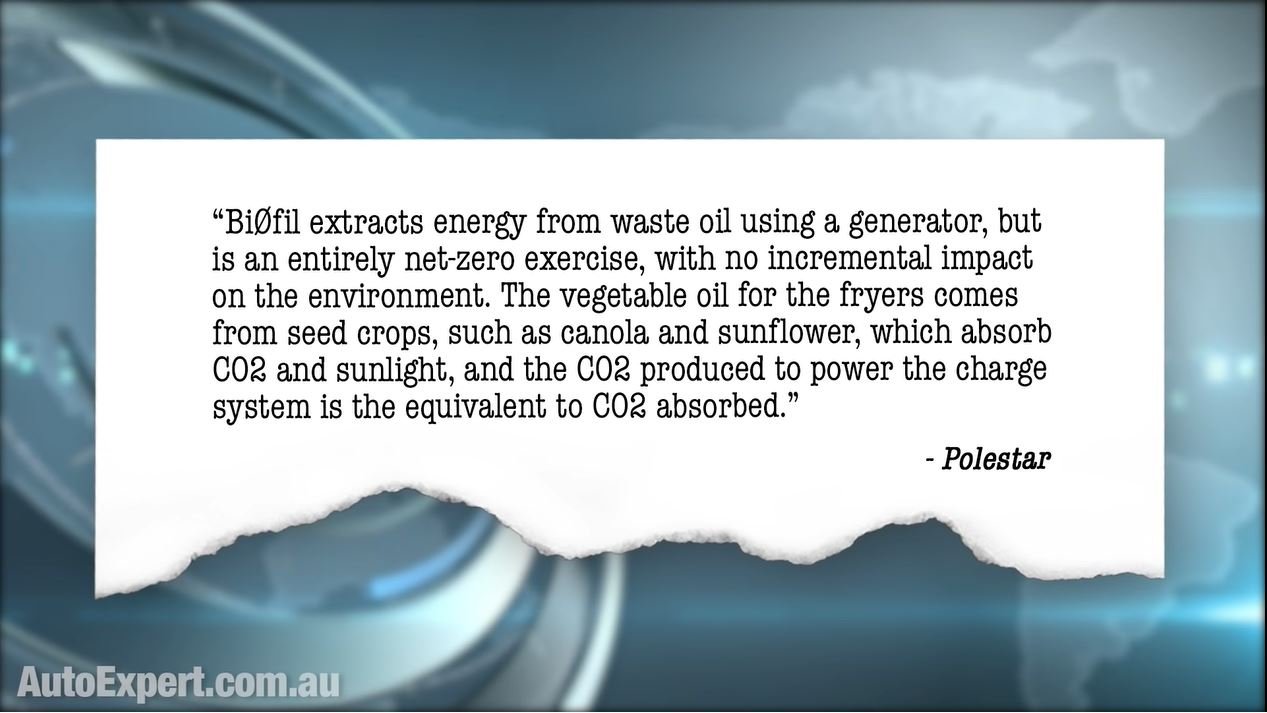
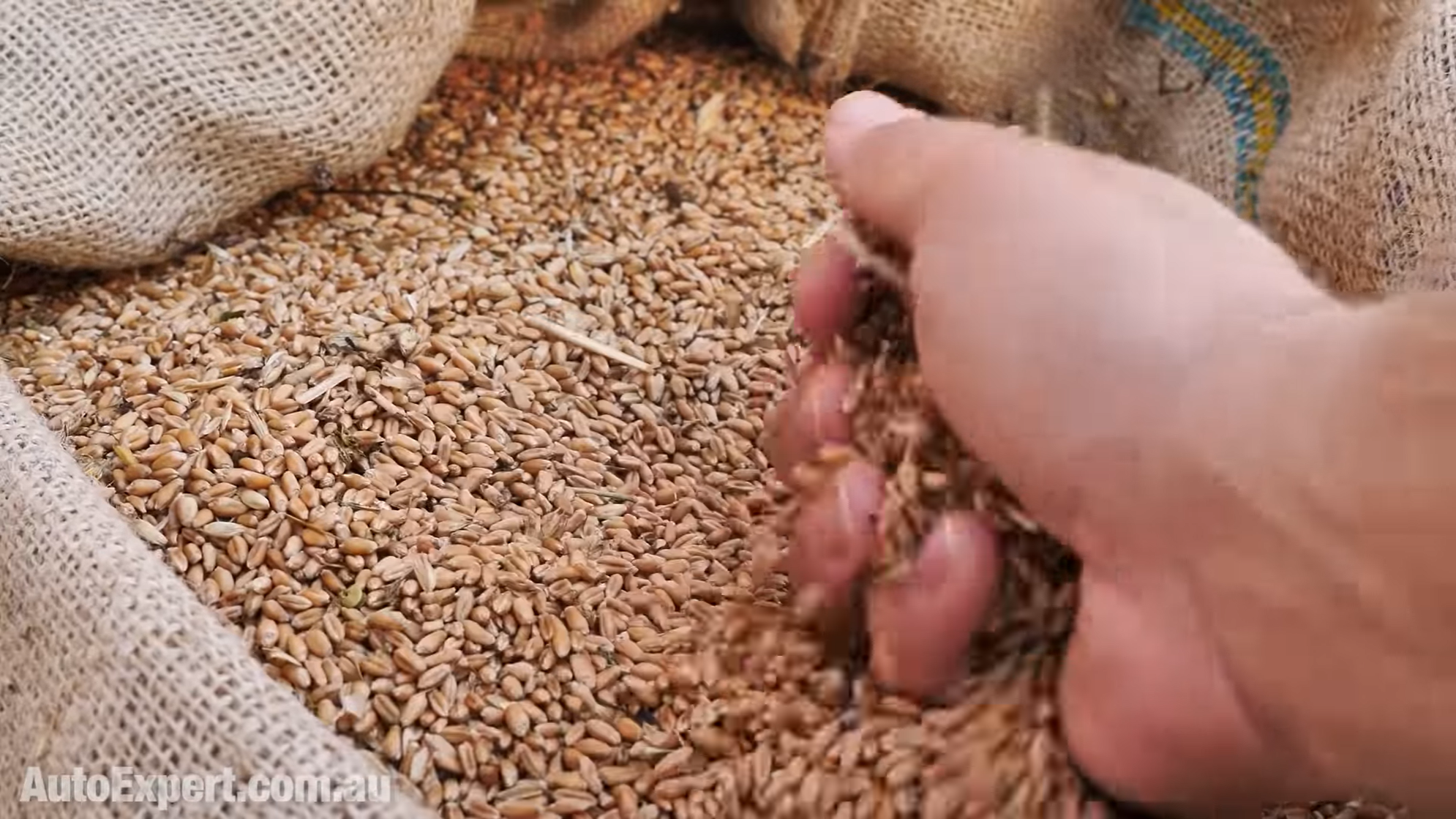



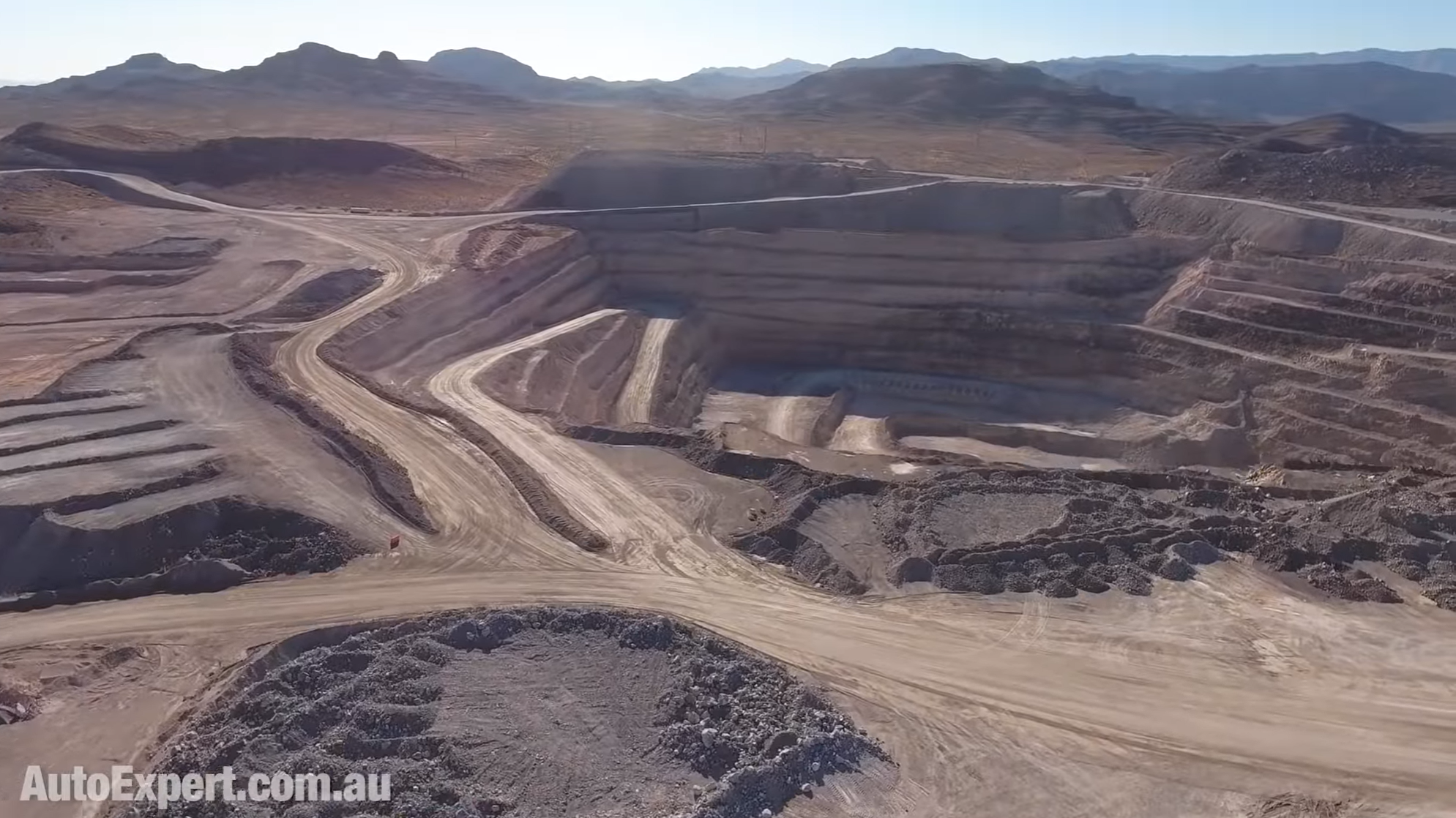
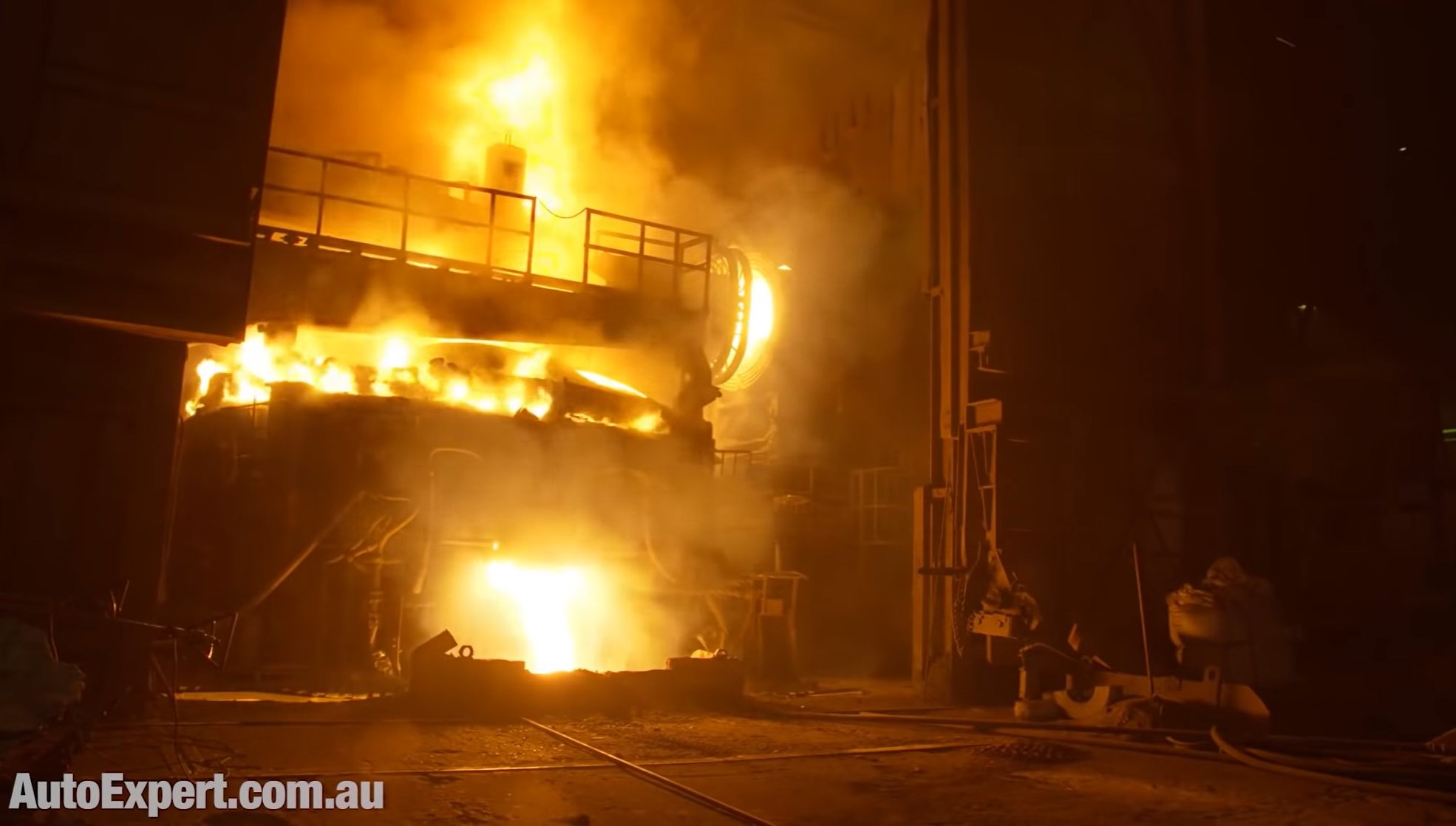

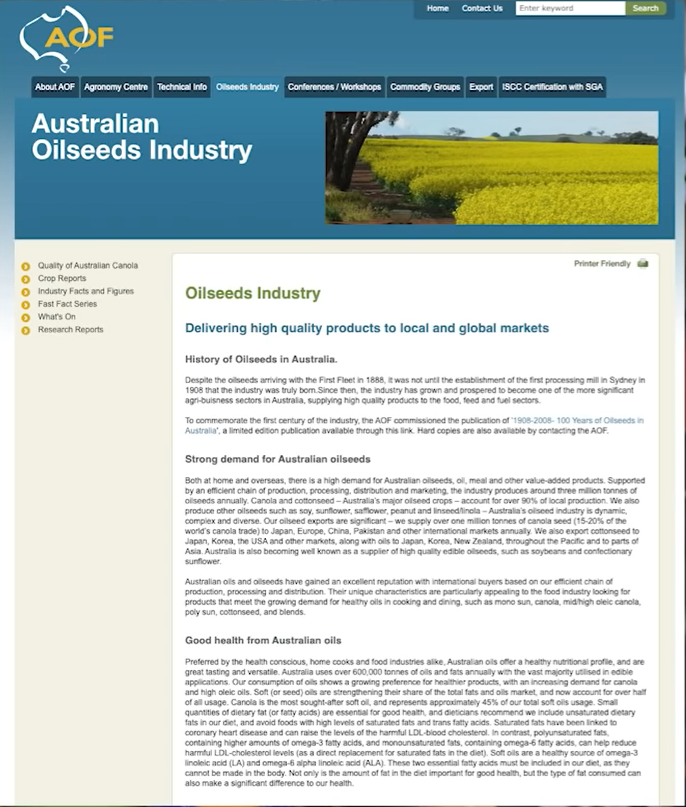











xxxx